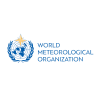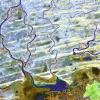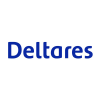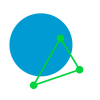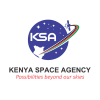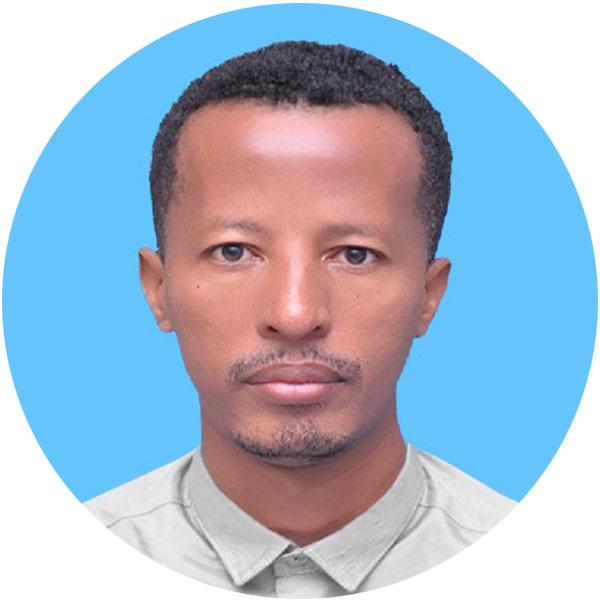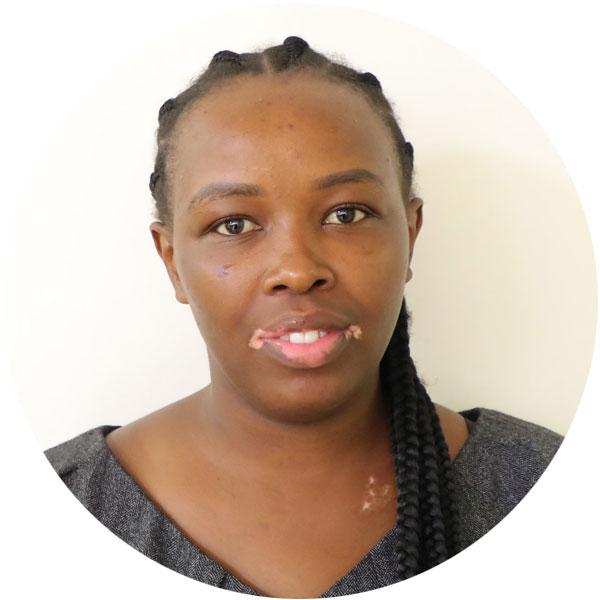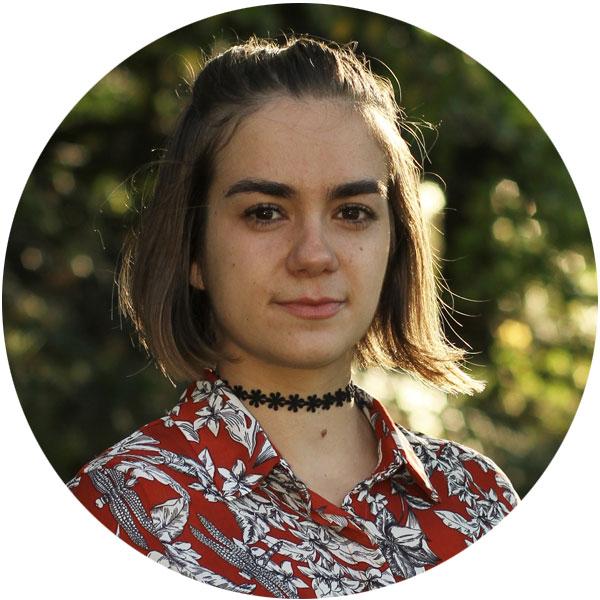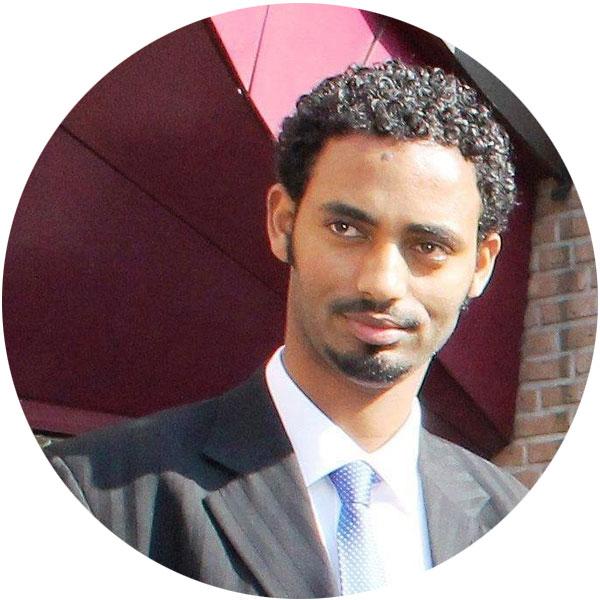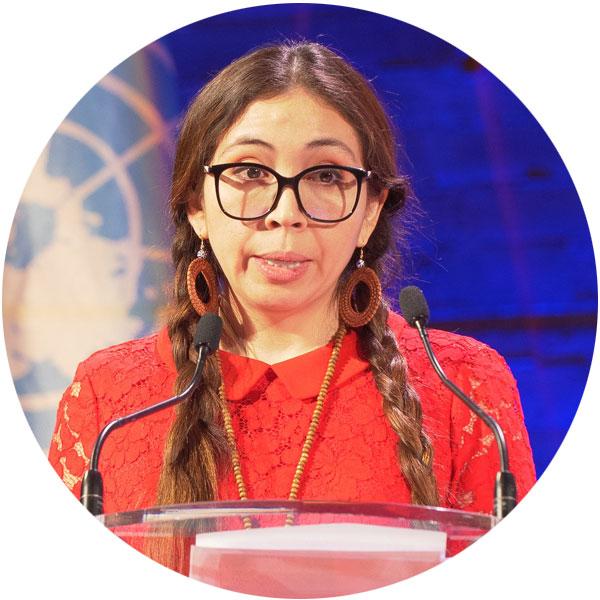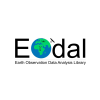Earth Observation
“Earth observation is the gathering of information about planet Earth’s physical, chemical and biological systems. It involves monitoring and assessing the status of, and changes in, the natural and man-made environment. In recent years, Earth observation has become more and more sophisticated with the development of remote-sensing satellites and increasingly high-tech “in-situ” instruments. Today’s Earth observation instruments include floating buoys for monitoring ocean currents, temperature and salinity; land stations that record air quality and rainwater trends; sonar and radar for estimating fish and bird populations; seismic and Global Positioning System (GPS) stations; and over 60 high-tech environmental satellites that scan the Earth from space.” (Group on Earth Observations, 2018).
"FAQ". Group on Earth Observations, Group on Earth Observations. 2019.
http://www.earthobservations.org/g_faq.html.
Accessed February 14, 2019.
Related Content
Article
Wetlands conservation: How satellite observation supports sustainable wetland management
On 2 February 2020, we celebrate World Wetlands Day to raise global awareness about the vital role of wetlands for people and our planet. This year’s edition highlights the connection between water, wetlands, and life.
Conservación de humedales: cómo la observación por satélite apoya la gestión sostenible de los humedales
Translated by: Isabel Zetina
El 2 de febrero de 2020 celebramos el Día Mundial de los Humedales para concienciar al mundo sobre el papel vital de los humedales para las personas y nuestro planeta. La edición de este año destaca la conexión entre el agua, los humedales y la vida.
Interview with Benjamin Kitambo, PhD student at the Laboratory for Space Geophysics and Oceanography
Call for contributions to the PaleBlueDOT challenge by NASA and the United States Permanent Mission in Vienna
Are you interested in leveraging public Earth observation data and visualization techniques to contribute to SDGS? You have until 26 January 2024 to sign-up to the PaleBlueDot challenge organized on behalf of NASA and the US mission to international organization in Vienna.
Interview with Benjamin Kitambo, PhD student at the Laboratory for Space Geophysics and Oceanography
Register for the 3rd Space4Water Stakeholder Meeting: Registration open
24-25 October 2023, at the Vienna International Centre
organised by the United Nations Office for Outer Space Affairs
co-organised with the Prince Sultan Bin Abdulaziz International Prize for Water (PSIPW)
This event is restricted to Space4Water stakeholders, featured professionals, young professionals and representatives of Indigenous communities featured on the portal.
Register for the 2nd Space4Water Stakeholder Meeting - End of registration: 30 April
organised by UNOOSA in partnership with the Prince Sultan Bin Abdulaziz International Prize for Water (PSIPW)
11-12 May 2023, Online
This event is restricted to Space4Water stakeholders, featured professionals, young professionals and representatives of Indigenous communities featured on the portal.
Registration for speakers submitting technical presentations closes on 15 April 2023.
Registration for all other participants closes on 30 April 2023.
Capacity Building and Training Material
Rapid Impact Assessment Using Open-source Earth Observation - on the example of the Kachowka Dam Break
The Jupyter notebook demonstrates how EOdal can be used for disaster relief after the break of the Kachowka using open-source Earth Observation data.
On June 6, 2023, the Kakhovka Dam in Ukraine broke. We do not yet know who or what was responsible for the collapse of the dam. What we do know, however, are the devastating consequences for the region downstream - especially for the local population.
Event
Project / Mission / Initiative / Community Portal
WMO Hydrological Observing System Portal
Currently, WHOS makes available three data portals allowing users to easily leverage common WHOS functionalities such as data discovery and data access, on the web by means of common web browsers. For more information on WHOS data and available tools, please refer to the Section WHOS web services and supported tools.
WHOS-Global Portal provides all hydrometeorological data shared through WHOS. WHOS-Global Portal is implemented using the Water Data Explorer application.
Stakeholder
University of Stirling
The University of Stirling (www.stir.ac.uk) was founded by Royal Charter in 1967 as the first genuinely new university in Scotland for over 400 years and embraces its role as an innovative, intellectual and cultural institution. A research-led university with an international reputation for high-quality research directly relevant to society’s needs, Stirling aims to be at the forefront of research and learning that helps to improve lives.
Person

Anam Bayazid
Intern United Nations Office for Outer Space Affairs
Anam Bayazid is an engineer with a passion for earth observation and space exploration technologies. Her academic journey involves pursuing a Master of Engineering in Systems Engineering with a concentration in Space Systems at Stevens Institute of Technology in United States. Her specialization is in systems modeling and simulation, as well as designing missions and systems for space exploration.
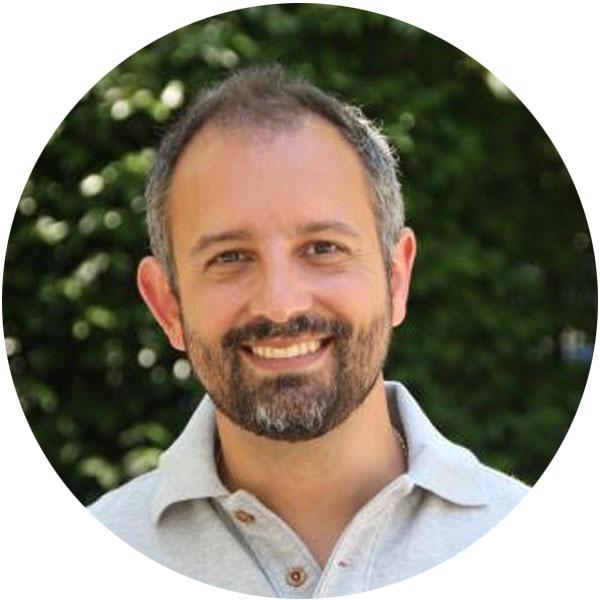
Gregory Giuliani
Senior Lecturer & Head of Unit at the University of Geneva and Head of the Digital Earth Unit United Nations Environment Grid Geneva
Gregory Giuliani is the Head of the Digital Earth Unit and Swiss Data Cube Project Leader at GRID-Geneva of the United Nations Environment Programme (UNEP) and a Senior Lecturer at the University of Geneva’s Institute for Environmental Sciences.
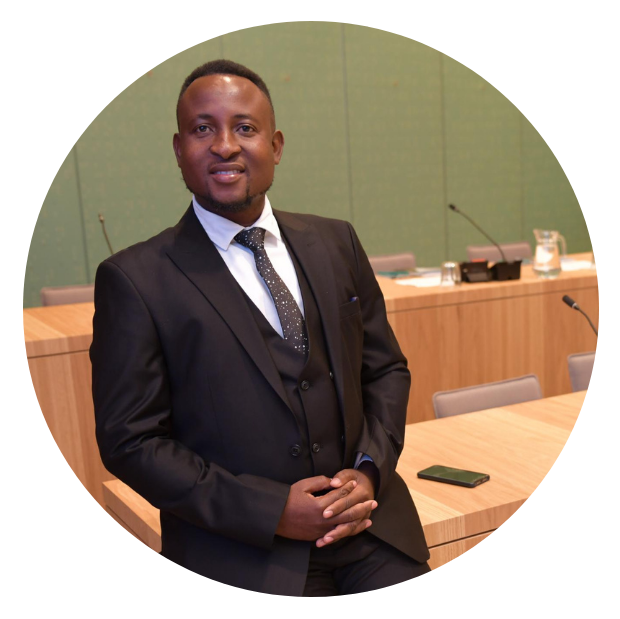
Webster Gumindoga
Lecturer University of Zimbabwe: Department of Construction and Civil Engineering
Webster is a PhD student at the University of Twente’s Faculty of Geoinformation Science and Earth Observation. His PhD thesis is entitled: Observing Zambezi Basin from Space: Satellite based bias correction for hydrological modelling: Webster is also lecturer and researcher at the University of Zimbabwe’s Construction and Civil Engineering Department. He is the coordinator of the regional master’s degree programme in Integrated Water Resources Management, a capacity building programme for the water sector in Southern and Eastern Africa.

Arjen Haag
Researcher / Consultant Hydrology and Water Management Deltares
Arjen is interested in the physical processes that shape our surroundings, especially the flow of water, and the proper management of our natural resources. He is a hydrologist and remote sensing analyst with a special interest in understanding high river discharges and floods. He combines hydrological knowledge with modelling, data-driven approaches and satellite observations, on topics ranging from water resource management to flood forecasting.

















































